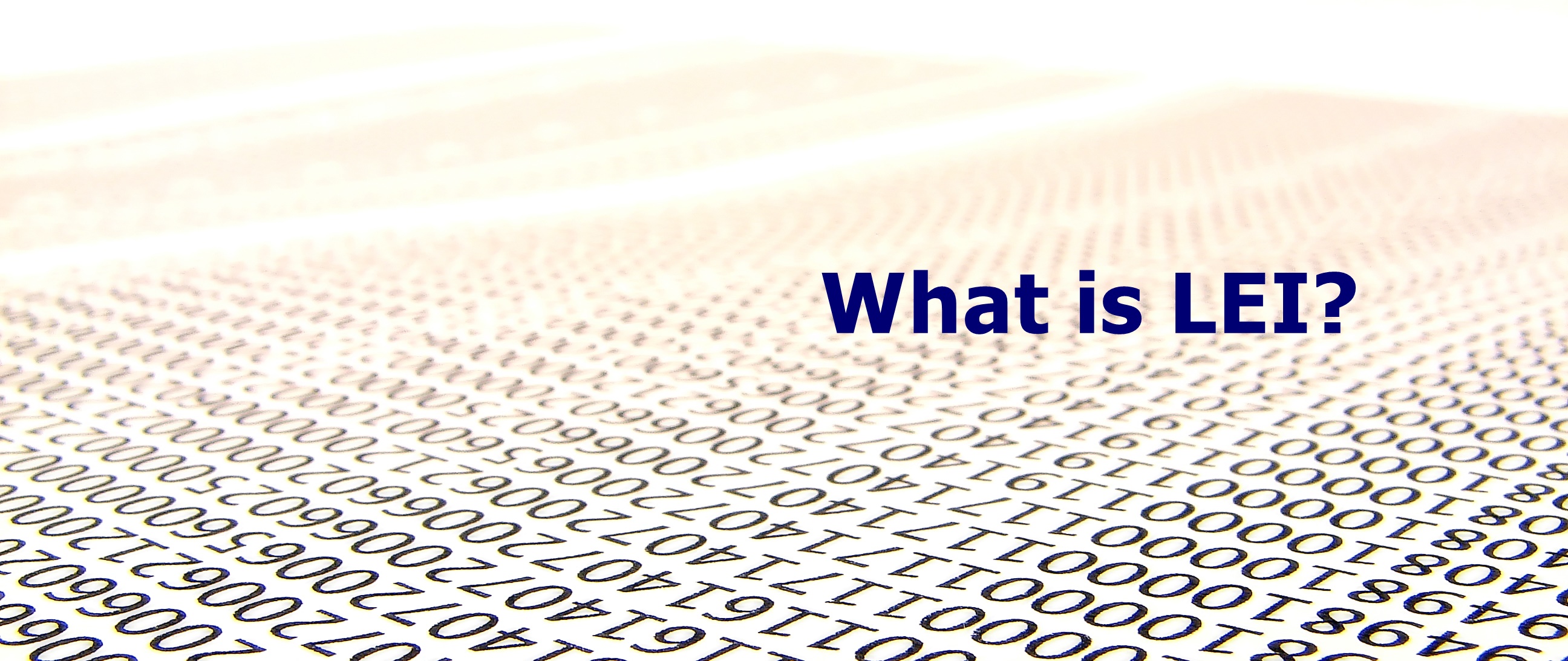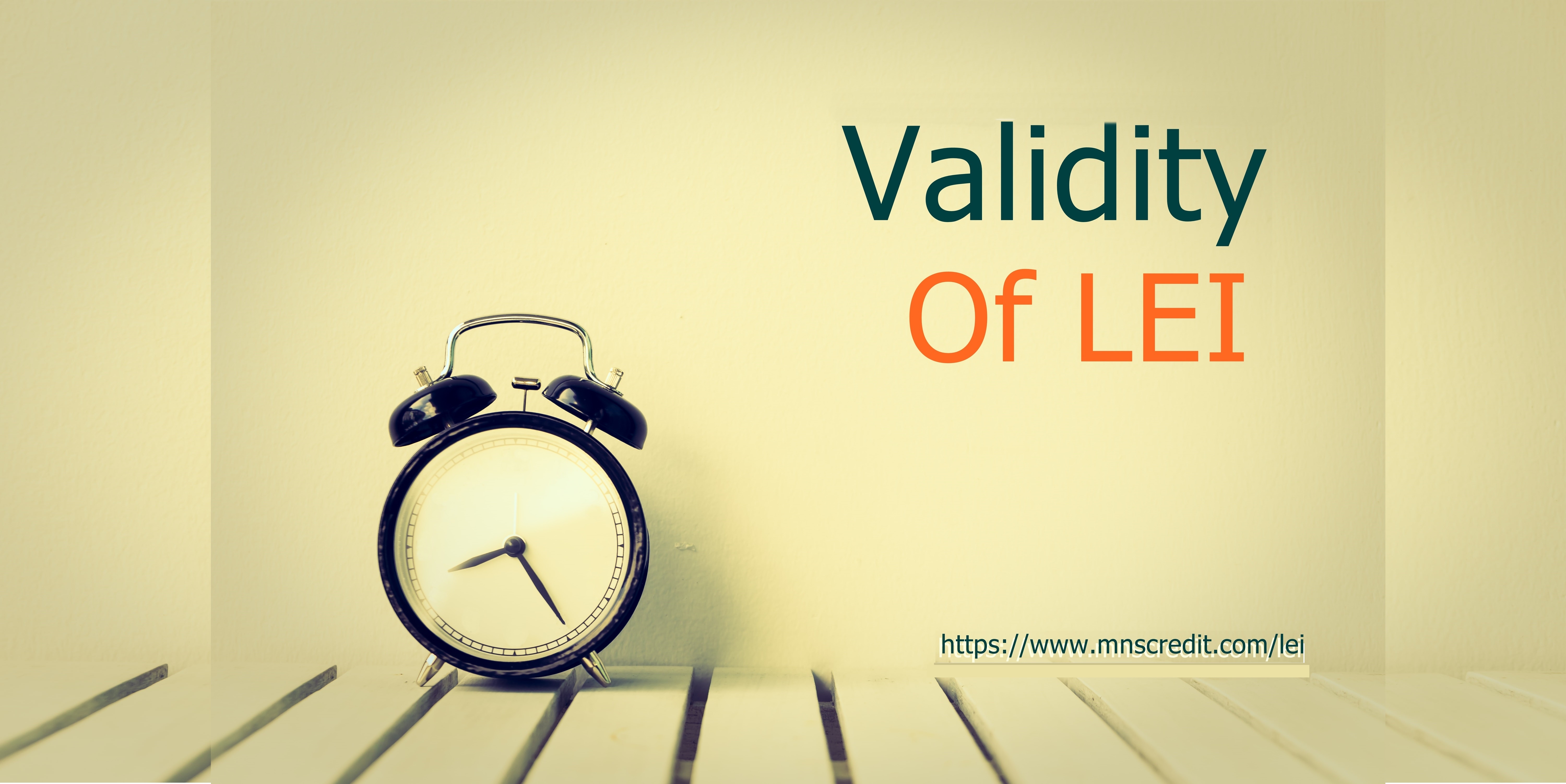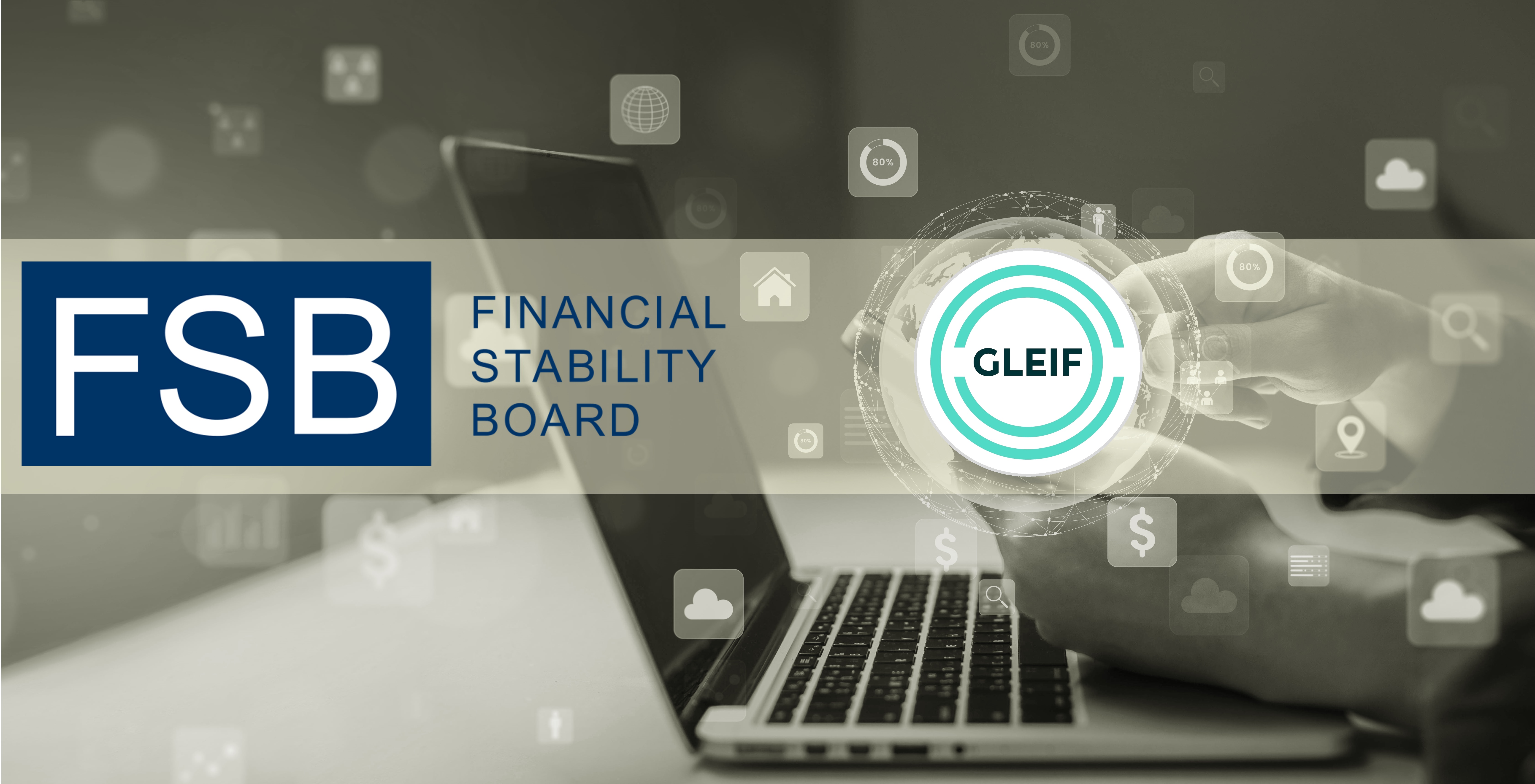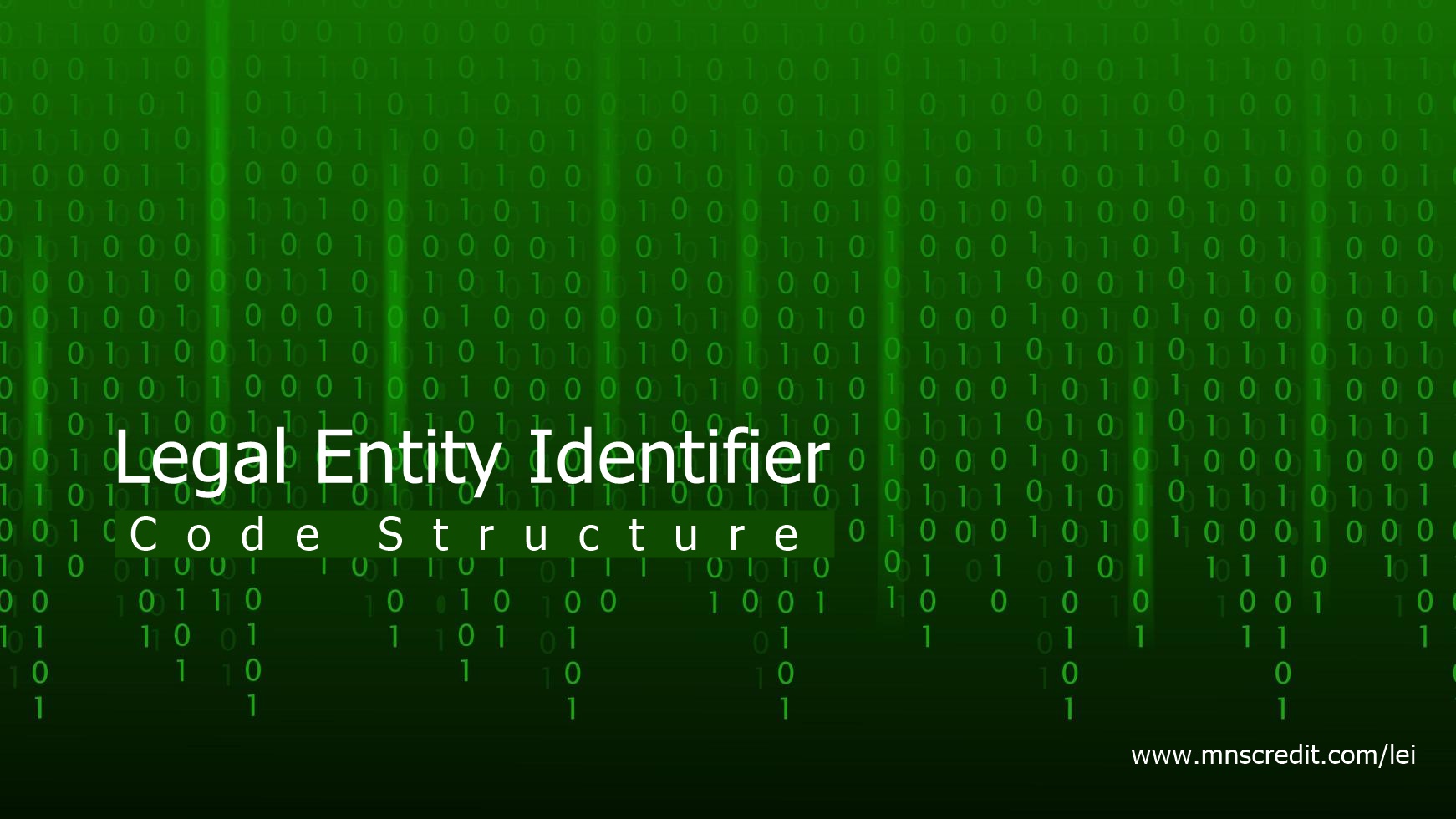The LEI Code Structure is a globally recognized framework defined under the ISO 17442 standard to provide every legal entity involved in financial transactions with a unique and verifiable identity. Comprising 20 alphanumeric characters, the structure is carefully designed to ensure consistency, accuracy, and transparency across international markets. By standardizing how entities are identified, the LEI Code Structure plays a vital role in strengthening regulatory compliance, reducing financial risks, and building trust in cross-border trade and reporting. In today's interconnected financial landscape, the importance of unique identifiers cannot be overstated. The LEI code, issued in accordance with ISO 17442, plays a pivotal role in enhancing the transparency and reliability of financial transactions worldwide. This article delves into the intricacies of the LEI code structure, its issuance, and its implications for the global financial ecosystem.
An LEI (Legal Entity Identifier) is a unique 20-character alphanumeric code that identifies distinct legal entities participating in financial transactions. This identifier is crucial for regulatory reporting and financial transparency.
The LEI code consists of four parts:

The ISO 17442 standard specifies the structure and implementation of the LEI code. This standard ensures consistency and uniformity in the issuance and management of LEIs across the globe.
The LEI code, issued as per ISO 17442 standard, is a cornerstone of modern financial transparency. Its unique structure, rigorous issuance process, and global adoption make it an indispensable tool in the financial world. By understanding the intricacies of the LEI code and its implications, financial professionals can better navigate the complexities of today's interconnected financial landscape.
FAQs: LEI Code Structure (as per ISO 17442 Standard)
1. What is the structure of an LEI code?
A Legal Entity Identifier (LEI) is a 20-character alphanumeric code structured according to the ISO 17442 standard. It is designed to uniquely identify legal entities participating in financial transactions.
2. What is the significance of the ISO 17442 standard?
The ISO 17442 standard defines the LEI structure and ensures global consistency in how legal entities are identified across financial markets.
3. Who ensures compliance with the ISO standard for LEIs?
The Global Legal Entity Identifier Foundation (GLEIF) oversees the LEI system and ensures all LOUs issue codes in compliance with ISO 17442.
4. Is the LEI structure the same worldwide?
Yes. All LEIs follow the same ISO 17442 structure, regardless of the country or registration authority.
5. What is the purpose of ISO 17442 in LEI?
ISO 17442 ensures a standardized format for LEIs globally. It provides consistent rules for issuing and validating LEIs to enhance transparency in identifying legal entities across jurisdictions.









